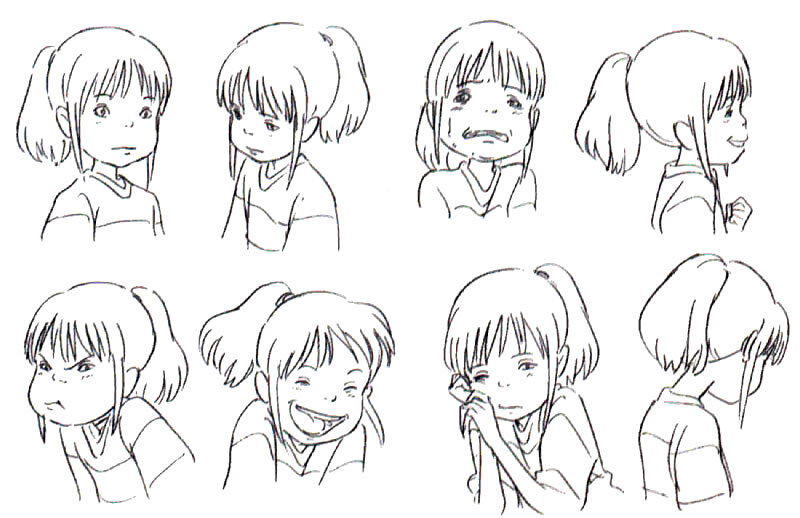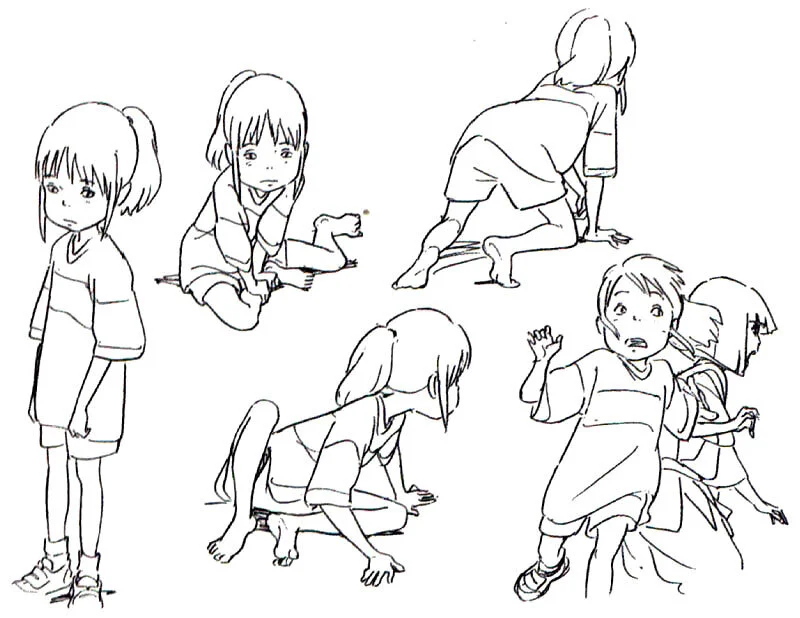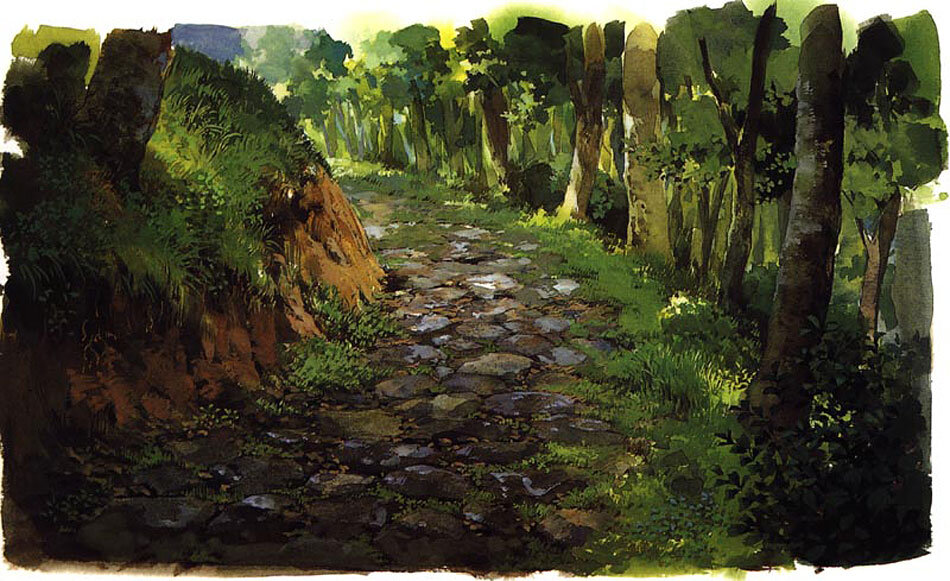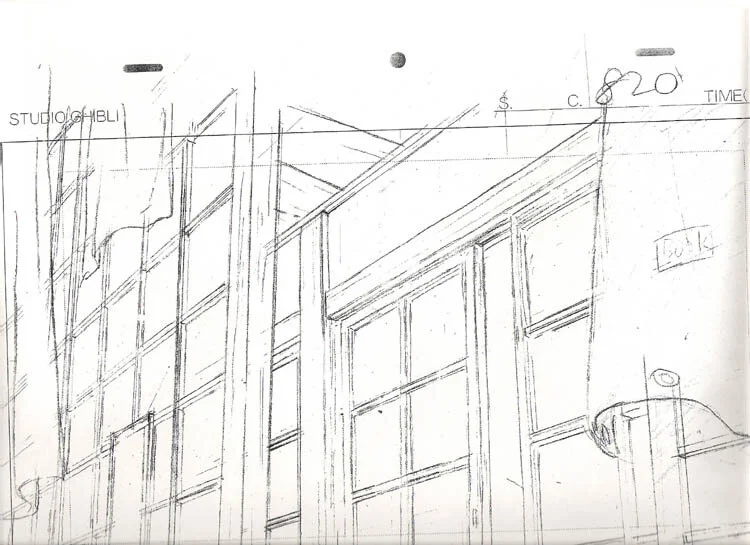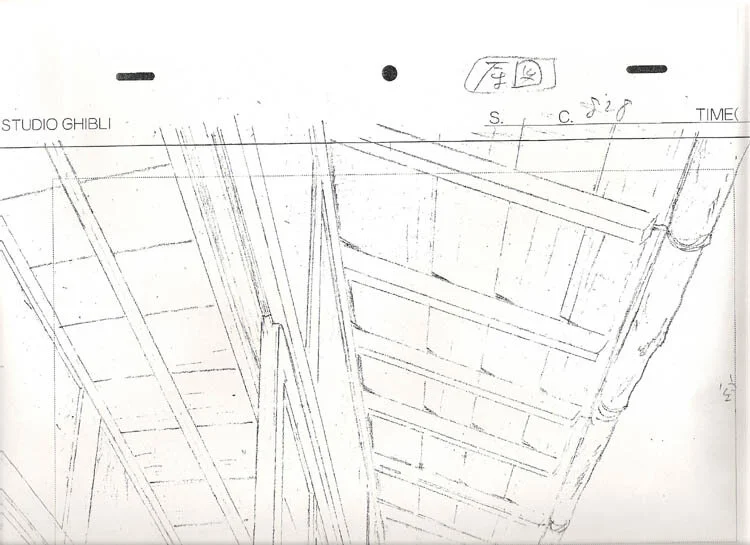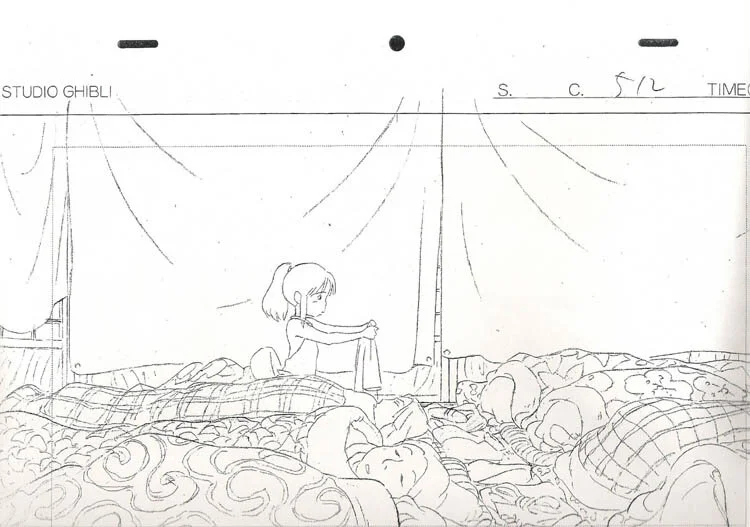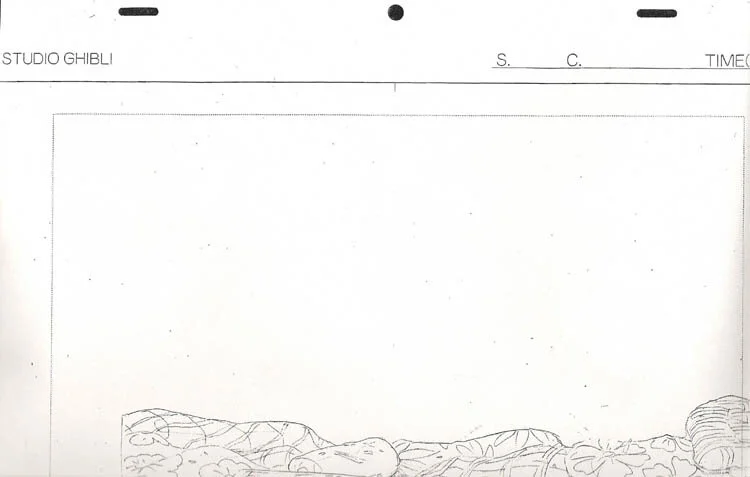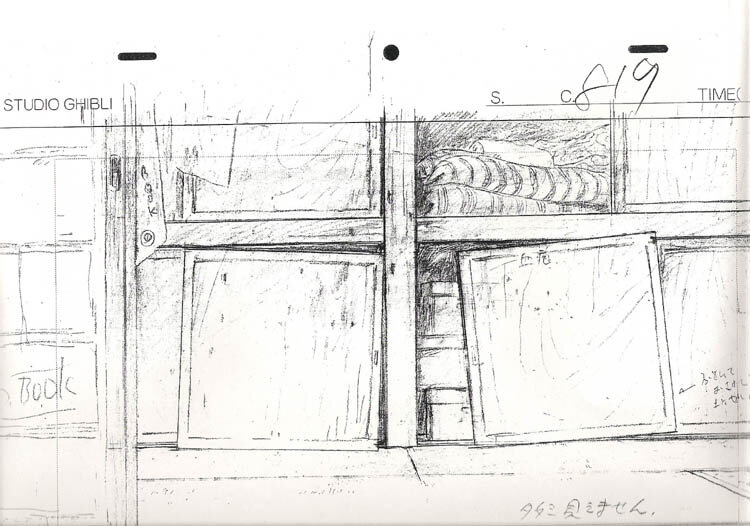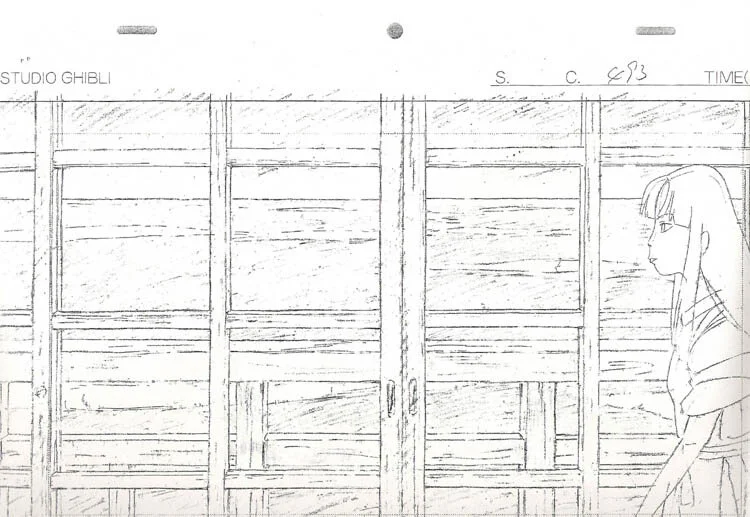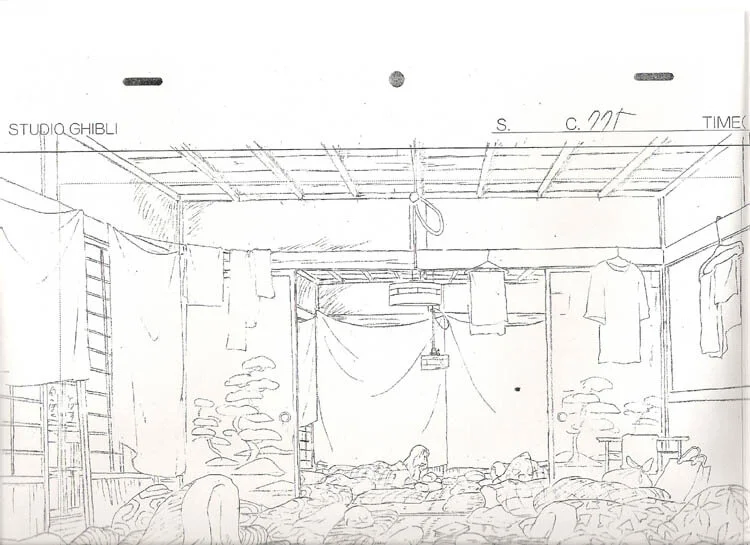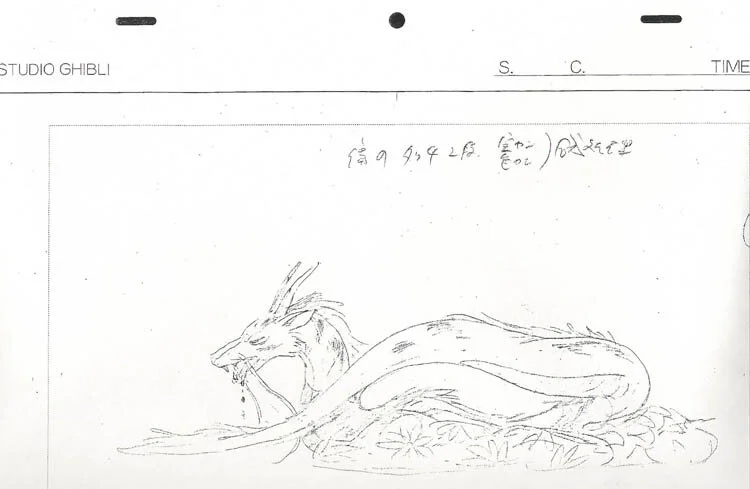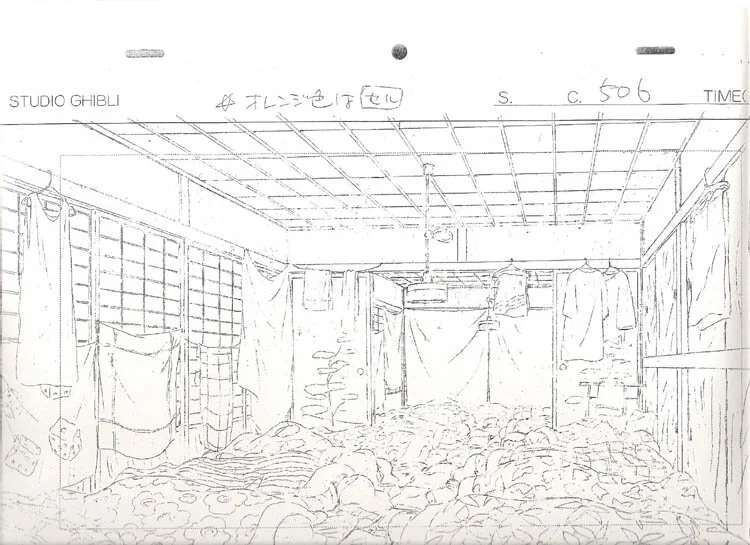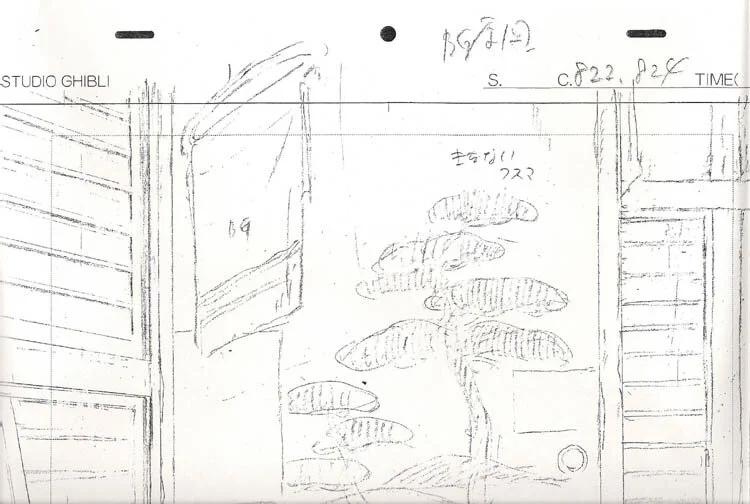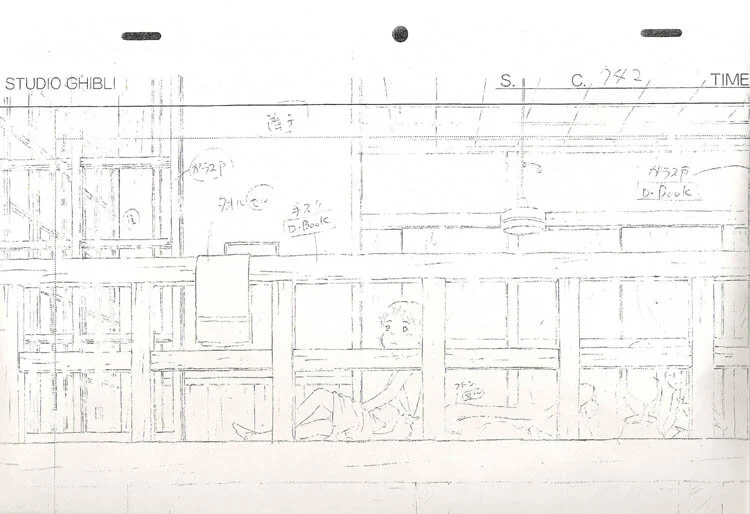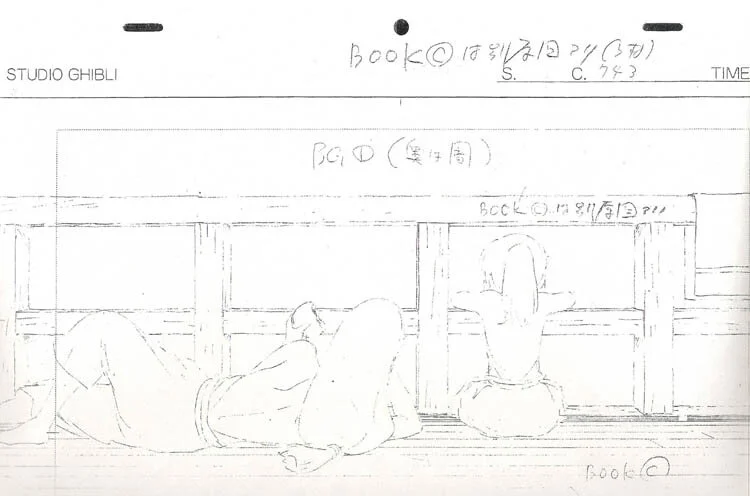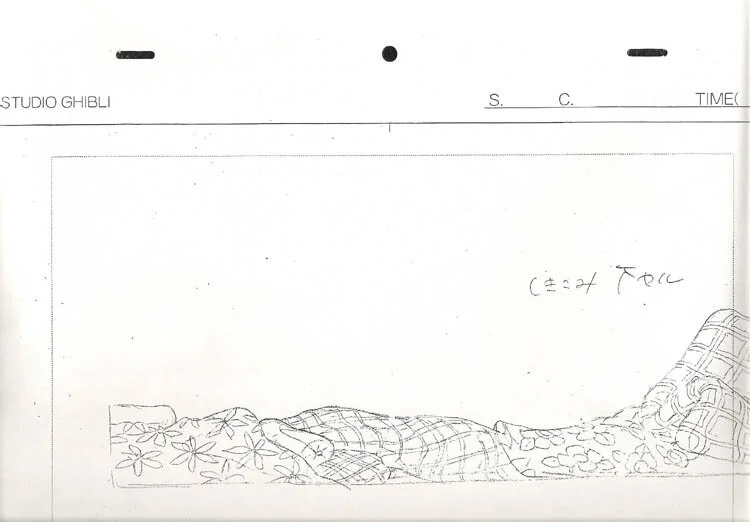Art of Spirited Away
/ CDRSpirited Away is an animated movie produced by Studio Ghibli. It was written and directed by Hayao Miyazaki in 2001. Miyazaki wrote the script after he decided the film would be based on the 10-year-old daughter of his friend, associate producer Seiji Okuda, who came to visit his house each summer. Miyazaki had previously directed films for small children and teenagers (such as My Neighbor Totoro and Kiki's Delivery Service), but he had not created a film for ten-year-old girls. For inspiration, he read shōjo manga magazines like Nakayoshi and Ribon the girls had left at the cabin but felt they only offered subjects on "crushes" and romance. When looking at his young friends, Miyazaki felt this was not what they "held dear in their hearts" and decided to produce the film about a young heroine whom they could look up to instead.
Miyazaki had wanted to produce a new film for years, but his two previous proposals, one based on the Japanese book by Sachiko Kashiwaba, and another about a teenage heroine, were rejected. His third proposal, which ended up becoming Spirited Away, was more successful. The three stories revolved around a bathhouse that was inspired by one in Miyazaki's hometown. He thought the bathhouse was a mysterious place, and there was a small door next to one of the bathtubs in the bathhouse. Miyazaki was always curious about what was behind it, and he made up several stories about it, one of which inspired the bathhouse setting of Spirited Away. Production of Spirited Away commenced in February 2000 on a budget of ¥1.9 billion (US$15 million). Walt Disney Pictures financed ten percent of the film's production cost for the right of first refusal for American distribution. As with Princess Mononoke, Miyazaki and the Studio Ghibli staff experimented with computer animation. The biggest difficulty in making the film was reducing its length. When production began, Miyazaki realized it would be more than three hours long if he made it according to his plot. He had to delete many scenes from the story and tried to reduce the "eye candy" in the film because he wanted it to be simple. Miyazaki did not want to make the hero a "pretty girl". In the beginning, he was frustrated at how she looked "dull" and thought, "She isn't cute. Isn't there something we can do?" As the film neared the end, however, he was relieved to feel "she will be a charming woman."
Miyazaki based some of the buildings in the spirit world on the buildings in the real-life Edo-Tokyo Open Air Architectural Museum in Koganei, Tokyo, Japan. He often visited the museum for inspiration while working on the film. Miyazaki had always been interested in the Pseudo-Western style buildings from the Meiji period that were available there. The museum made Miyazaki feel nostalgic, "especially when I stand here alone in the evening, near closing time, and the sun is setting – tears well up in my eyes." Another major inspiration was the Notoya Ryokan (能登谷旅館), a traditional Japanese inn located in Yamagata Prefecture, famous for its exquisite architecture and ornamental features. Toshio Suzuki, the producer of the film, also cites European inspirations and influences in the production of Spirited Away. He specifically invokes the structure of the film as European-inspired due to Miyazaki's own influences from European films such as The Snow Queen and The Shepherdess and the Chimney Sweep.
Pixar director John Lasseter, who is a fan and friend of Miyazaki, convinced Walt Disney Pictures to buy the film's North American distribution rights and served as the executive producer of its English-dubbed version.
The pictures on this page are a collection of artworks created for this movie.
THE STORY
Chihiro, a whiny, pessimistic child, is annoyed about having to move to a new town. She is traveling with her parents to their new home. While driving to their new house, Chihiro's father attempts to follow a shortcut and they subsequently lose their way and come across a mysterious tunnel that leads to what appears to be an abandoned theme park, lined with seemingly empty restaurants. Finding a restaurant fully-stocked with unattended food, both parents eat the food they find there and, as a result, transform into pigs. Chihiro's distress at losing her parents is compounded by the discovery that the world around her has changed and that her body seems to be disappearing. A mysterious boy named Haku suddenly appears, comforts Chihiro, and gives her some berries to eat, which makes her solid again. He then smuggles her into a large bathhouse owned and operated by the powerful witch Yubaba, where thousands of spirits come to refresh themselves…

Ready for more?
Discover thousands of model sheets, concept designs, background paintings from the best animation movies and TV series!



